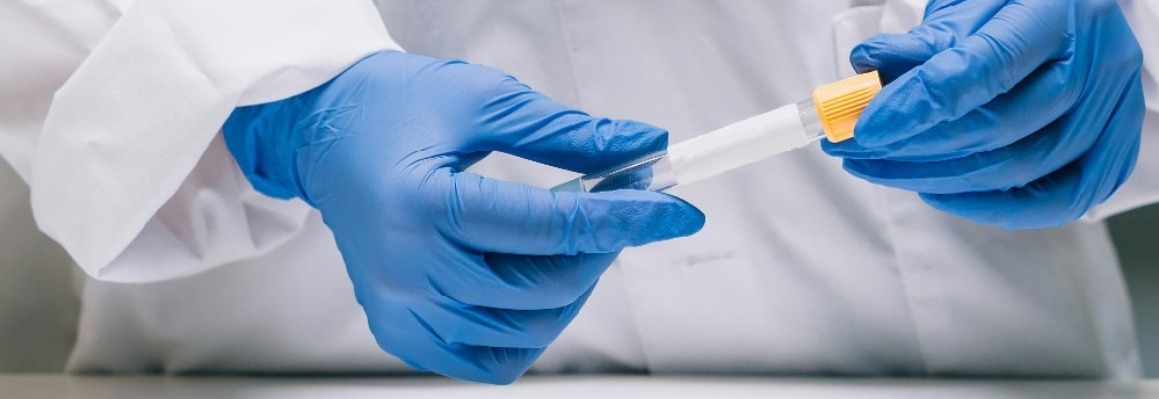What is ERA? Understanding the Optimal Window for Embryo Implantation through Endometrial Receptivity Analysis
What is ERA? Is this test necessary for every IVF treatment? For individuals who have experienced multiple failed embryo implantations, doctors may recommend the ERA test. Before proceeding with it, let’s explore what ERA involves, who it is suitable for, the steps in the testing process, and its significance in IVF. This will help you gain a deeper understanding of this essential assessment.

What is ERA and Why is It Needed?
The ERA (Endometrial Receptivity Analysis) is a molecular biology test that assesses the receptivity of the endometrium to determine the optimal timing for embryo implantation, thereby improving the chances of a successful pregnancy. This technique, widely used internationally, helps identify a woman’s "Window of Implantation" (WOI) and allows for precise scheduling of embryo transfer to increase IVF success rates.
As of January 2021, over 150,000 women worldwide have benefited from this technology, which uses big data algorithms and NGS (Next-Generation Sequencing) to analyze the expression of 248 mRNA genes, accurately identifying each individual’s WOI.
Further Reading:All You Need To Know About Doing IVF In Singapore
What is the Window of Implantation (WOI) and How is it Related to the ERA Test?
What exactly is the "Window of Implantation" mentioned above? The WOI refers to the period when the endometrium is most receptive to embryo implantation.
This optimal timing varies from person to person but typically occurs 5–7 days after ovulation. For about 70% of people, the ideal WOI falls between days 19 and 21 of the menstrual cycle. However, roughly 30% do not fall within this timeframe, making the ERA test especially valuable as it precisely identifies individual differences and calculates each person’s unique WOI.
Who Should Consider the ERA Test?
Does everyone need to undergo the ERA test? Not necessarily. Generally, the following five groups are more likely to benefit from it:
-
Those with recurrent implantation failure despite healthy embryos.
-
Individuals with normal test results but unsuccessful implantation of chromosomally normal embryos.
-
Advanced-age individuals preparing for pregnancy.
-
Those with a limited number of healthy embryos.
-
Individuals who want to determine their optimal embryo transfer timing.
4 Steps of the ERA Test

The ERA test does not require anesthesia. The doctor will use a thin, soft tube inserted through the vagina to collect a small sample of the endometrial tissue. The general process is as follows:
STEP 1: Consultation
Discuss with your doctor and complete the consent form for the test.
STEP 2: Monitoring
Begin taking estrogen on the 3rd day of your menstrual cycle. From days 12 to 14 of your cycle, monitor the endometrial thickness to determine the timing for progesterone medication.
STEP 3: Sampling
After taking progesterone for 120 hours, a sample will be collected.
STEP 4: Test Completion
The reproductive center will arrange for the sample to be tested, and results will be available in about four weeks.
The Importance of ERA in IVF Treatments
Determining the optimal time for embryo implantation is crucial for the success of IVF treatments. For some women, the window of implantation may not align with the standard timing, which can prevent the embryo from implanting at the ideal time, thus reducing success rates. However, with the ERA test, the patient’s individual WOI can be precisely determined, allowing the doctor to perform the embryo transfer at the correct time, ultimately increasing pregnancy success rates. This is especially beneficial for patients who have experienced multiple failed IVF attempts.
4 Common FAQs About the ERA Test

Q1: Do I need to repeat the ERA test for a second pregnancy?
Yes, it may be necessary to redo the ERA test for a second pregnancy. Hormonal and physiological conditions can change with each pregnancy cycle, which may lead to a different window of implantation. Therefore, to ensure the embryo is implanted at the most optimal time, it’s recommended to repeat the ERA test.
Q2: How long after the ERA test can I undergo embryo transfer?
ERA test results are usually available within two weeks. Based on the results, the doctor will schedule the next embryo transfer cycle and adjust the use of progesterone or other hormones to ensure the transfer occurs within the optimal window of implantation.
Q3: Is the ERA test suitable for all IVF patients?
The ERA test is primarily recommended for women who have experienced multiple failed embryo transfers, especially when other factors have been ruled out. For first-time IVF patients, ERA testing is generally not required unless there are special circumstances.
Q4: Is the ERA test painful?
The ERA test is similar to an endometrial biopsy, and you may experience mild discomfort or cramping. However, most patients tolerate the procedure well, and it is typically brief.
Now that you understand what the ERA test is, where should you go to undergo it? RSMC is committed to providing advanced reproductive technologies and personalized medical services. Our laboratory is internationally CPA certified, and our medical team has nearly 30 years of rich clinical experience in IVF. Through ERA testing, PGS, PGD, and other assisted reproductive technologies, we fully support your fertility dreams. To learn more about our treatments or to schedule a free consultation with our U.S. medical director, please join Line / WeChat: rsmctw, or WhatsApp: +1 858-342-6046.

DR. DAVID HARARI
Medical Director of RSMC San Diego
Dr. Harari earned his Medical Doctorate from the University of Georgia Medical Center, completed his internship at the Georgia Medical School, and later finished his residency training at Mercy Medical Center. With over 30 years of clinical experience, Dr. Harari is currently the President of the San Diego Obstetrical and Gynecological Society, which boasts over 400 professional OB-GYN members. Throughout his practice, Dr. Harari deeply respects each patient's personal wishes, providing them with the most professional treatment plans and working collaboratively to help them achieve their goals. He believes in the importance of clear communication and mutual understanding between doctors and patients and is always eager to share his extensive medical experience and offer the best professional advice.
Other
-
2024/11/18ivf
What is a Uterine Polyp? Does It Affect Fertility?



